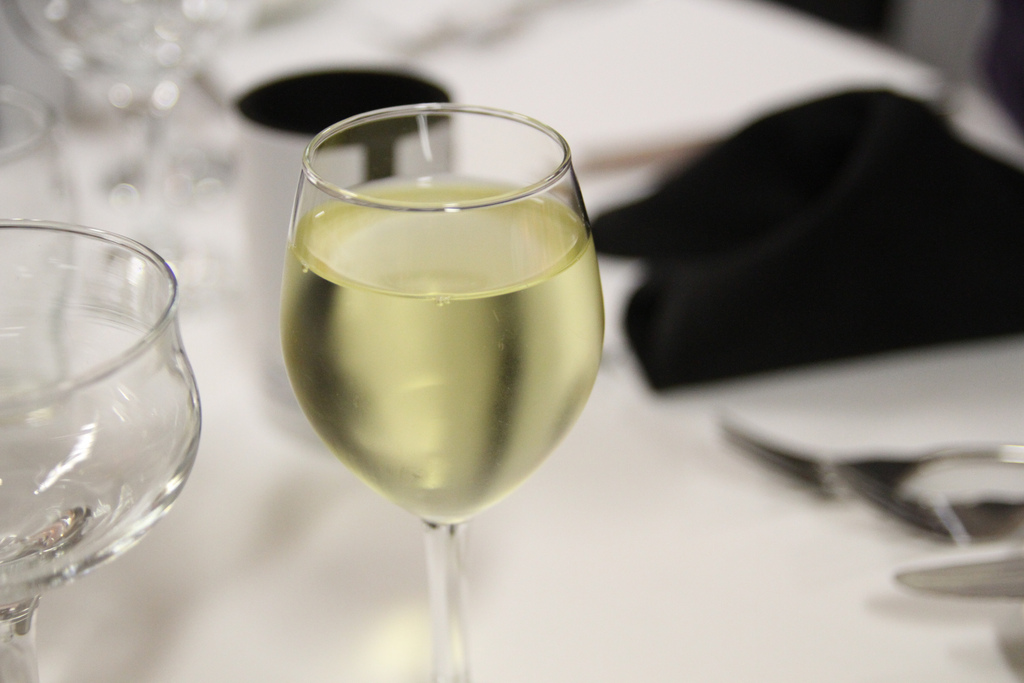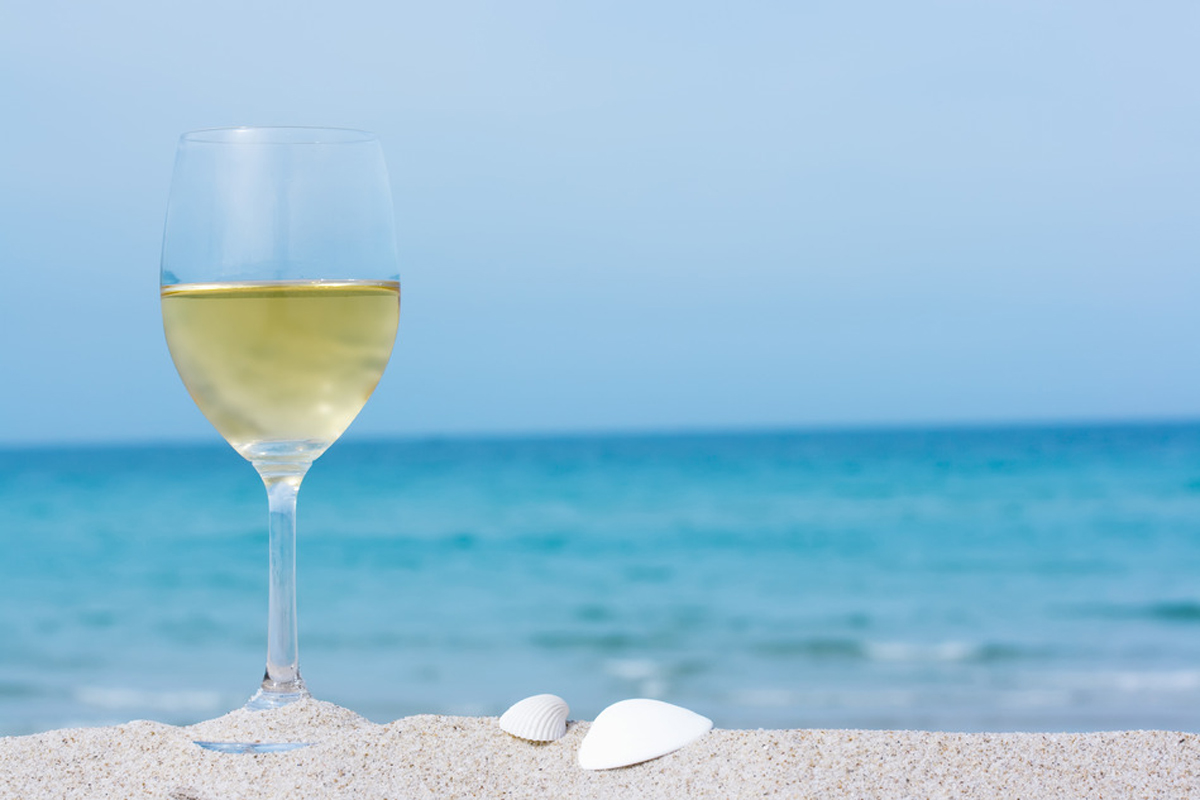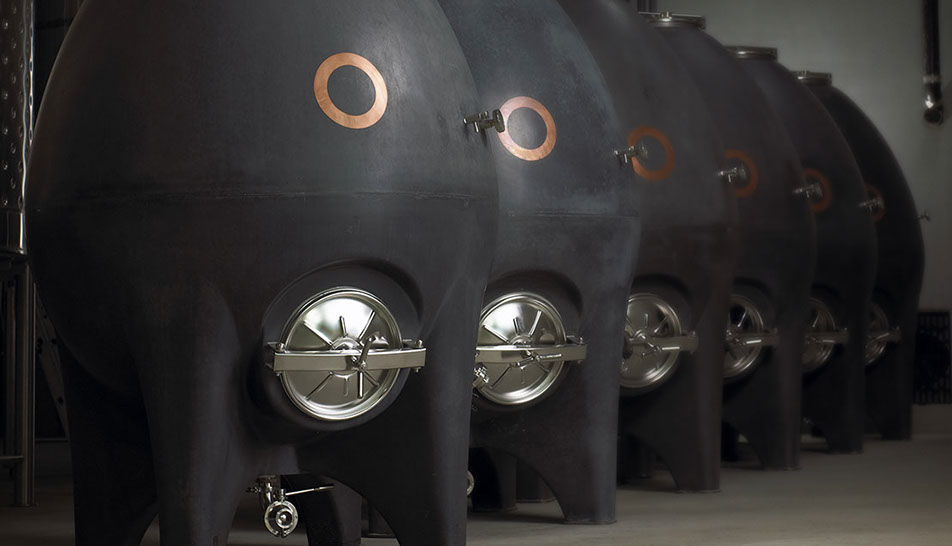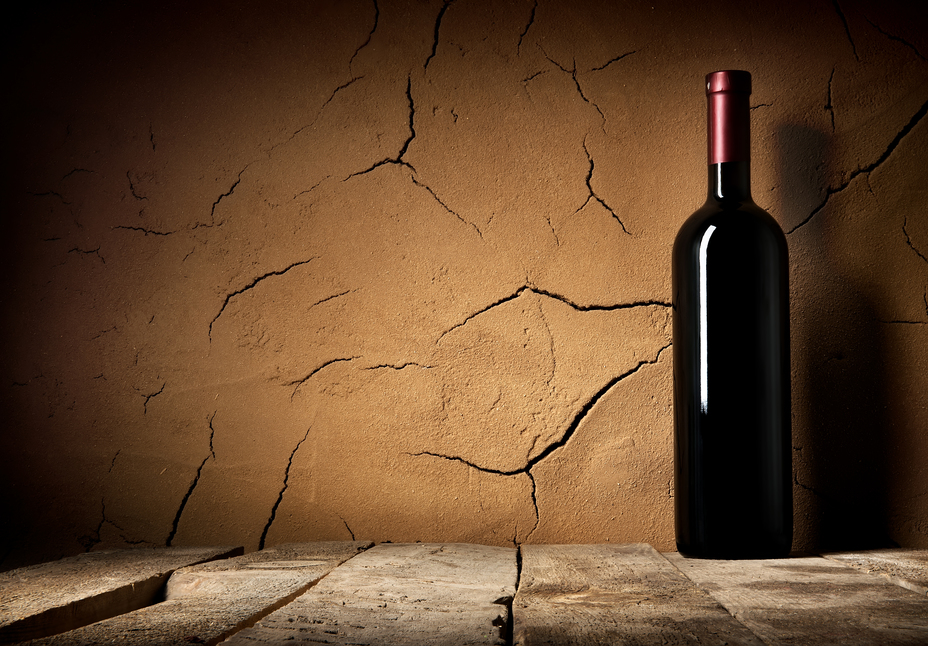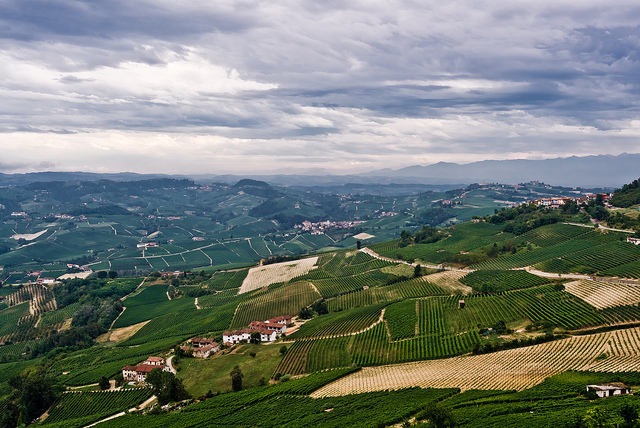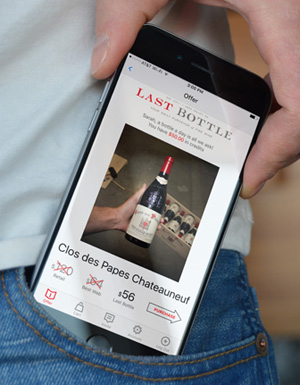Do you have a friend who insists on drinking pretty much one style of white wine, maybe Pinot Gris or Sauvignon Blanc for example? They offer all sorts of reasons why they resist trying other styles – too dry, too sweet, or too acidic. Still, you’re bent on playing the wine fairy, always trying to introduce something new without much luck. Maybe a white Rhone white wine is what you need to win them over.
The sum is greater than the parts
When you think of Rhone white wines you probably think of Grenache, Syrah, and Mourvedre based red blends. Given the majority of Rhone wine production focuses on reds that’s not surprising, but over the past decade white blends from the region have dramatically improved in quality. Producers from the north and south use combinations of the 22 white varieties traditional to the Rhone Valley, but Marsanne, Roussanne, Grenache Blanc, and Viognier are among the more popular choices.
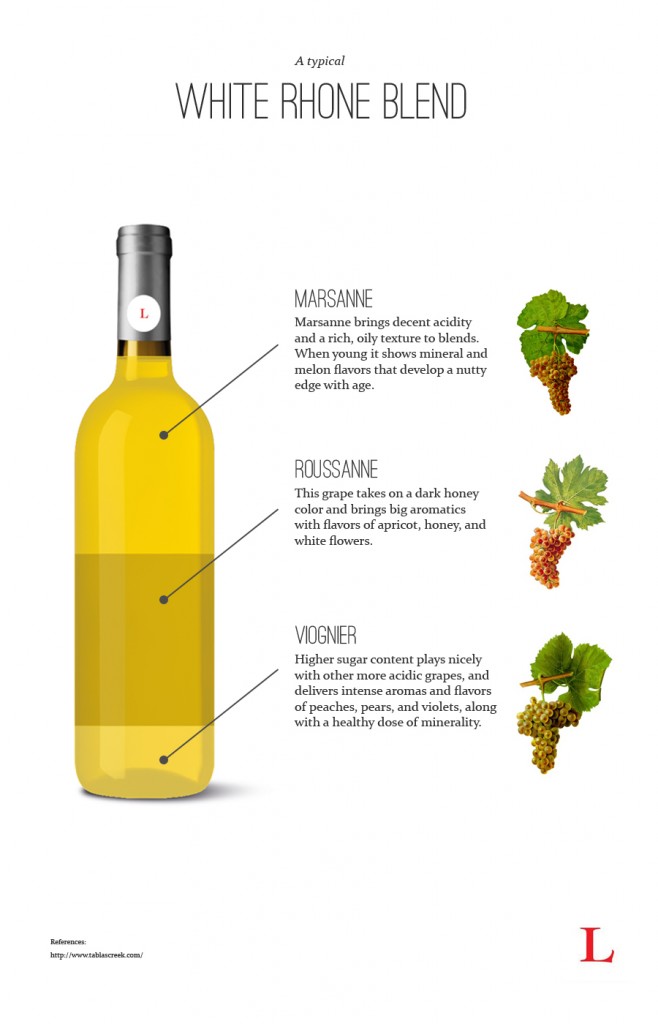
Finding balance among varietals
Bottled by themselves, these individual varietals might lack character and come off as one dimensional. Blending them together changes everything, adding complexity of flavor and balance between richness and crispness. Some of the more popular grapes are listed below.
Marsanne
Marsanne usually takes the lead, lending a rich color, full body, and beautiful stone fruit aromatics. It’s one of the most widely planted grapes in the world, and serves as the workhorse of many blends, adding fullness and body, along with simple fruit flavors.
Rousanne
Roussanne is genetically similar to Marsanne but harder to grow, taking longer to ripen and proving more susceptible to mold and shatter before harvest. The extra effort rewards with a rich texture and bright aromatics with flavors of honey, white flowers, and apricot. It contributes to finesse and aging capability in blends.
Grenache blanc
This high sugar, high acid grape makes for nice compliment to Rousanne/Marsanne, adding a zippy green apple edge to blends.
Ugni Blanc
More widely known as Trebbiano, this grape is one of the most widely planted in the world, but when produced by itself it yields a relatively unremarkable wine, and is often used as industrial alcohol rather than wine. In blends it’s value comes from high acidity which counters the heavier, sweeter varietals.
Clairette
By itself Clairette can be flabby thanks to its low acidity. But when combined with a higher acid grape like Piquepoul Blanc or Grenache Blanc, it helps add a nice body and fullness to the blend. It’s the most widely grown white varietal in Chateauneuf-du-Pape.
Viognier
Viognier ripens to relatively high sugar and low acid levels, yielding a medium to full bodied wine and produces intriguing aromas of honeysuckle and violet.
For a complete list of the white varietals, check out the Rhone Rangers website which has descriptions of each one.
Next time you’re at a restaurant or shopping for a wine and you feel like shifting away from the normal Chardonnay or Sauvignon Blanc, consider trying a Rhone white wine blend. You might be surprised just how much you like it.

